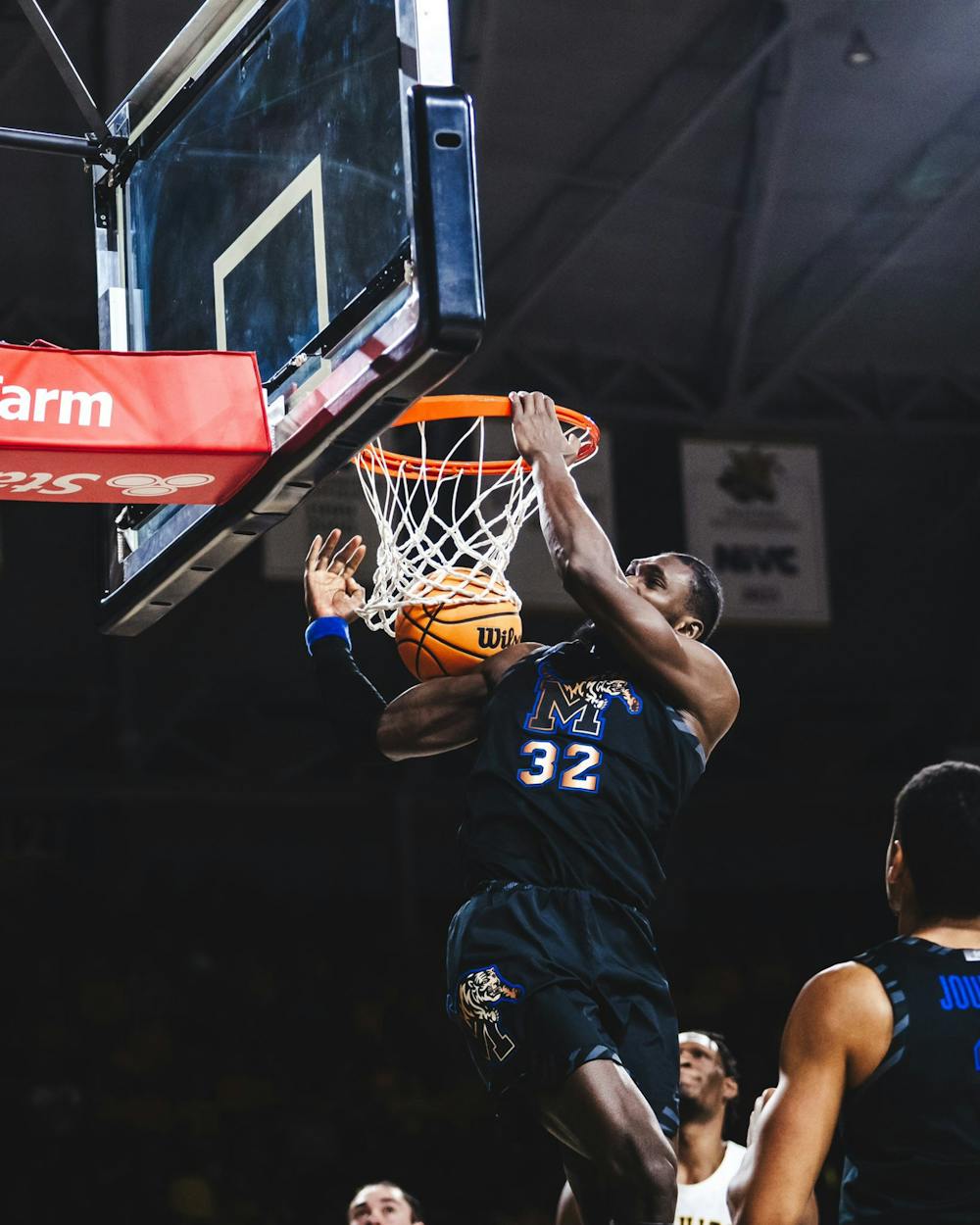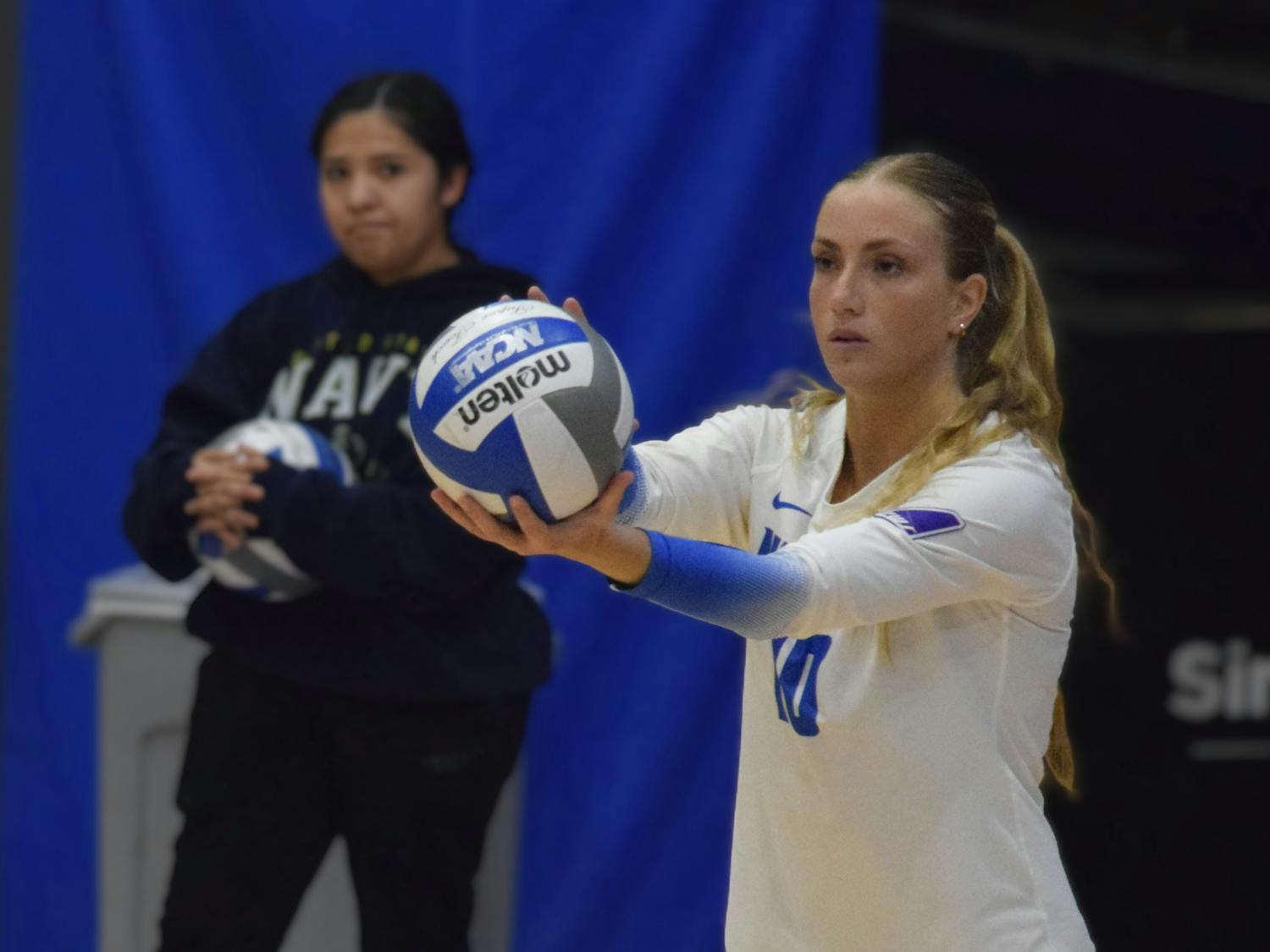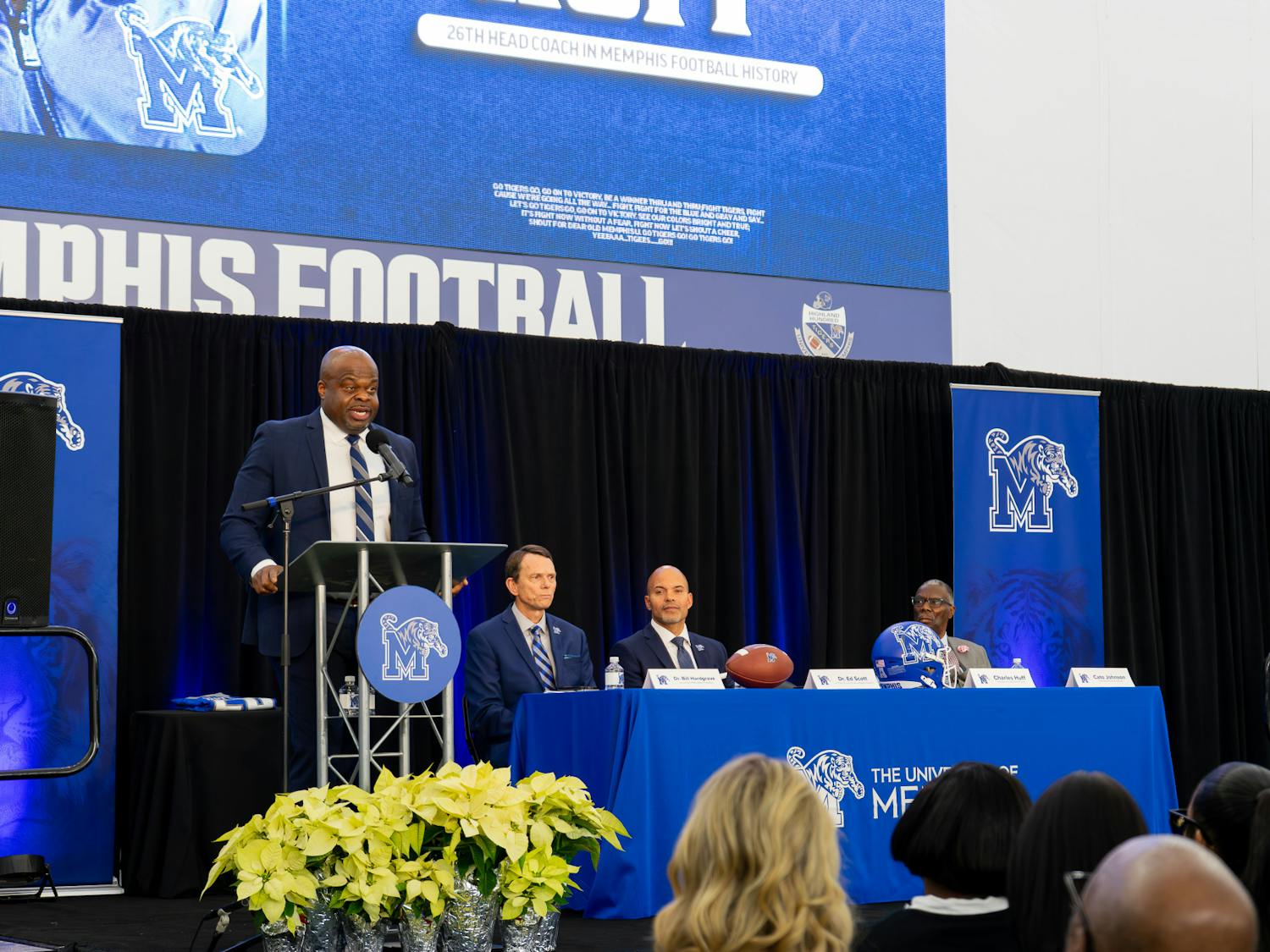Selection Sunday is just a little more than three weeks away and Memphis projects to have their name called for the third time in four years. After gaining wins over current teams in the AP Poll #14 Michigan St., #15 Missouri, #18 Clemson, #24 Ole Miss, and the back-to-back national champions, UConn, Memphis had realistic hopes of achieving their highest seed since they were awarded a 2-seed in 2009.
“Memphis scheduled hard and converted at a very high clip,” said JBR Bracketology, who has 27.4 thousand followers on his X page devoted to predicting the NCAA Tournament bracket. “The best selling point is Quad 1A and Quad 1 splits in addition to top 10 non-conference strength of schedule.”
Memphis sits at 3-1 in Quadrant 1A, the toughest games you can play, 6-2 in Quadrant 1 overall. Memphis is tied for second in the country in Quadrant 1 win percentage in teams that have played multiple Quadrant 1 games. Against high end competition, the Tigers have been fantastic.
However, last weekend saw their projected seeding take a massive hit. On Feb. 15, they were not included in or even in the conversation for the NCAA Selection Committee’s reveal of their top 16 teams, then the next day they turned around and took a damaging loss at Wichita St.
“I use a formulaic approach (no bias) and they fell way more than I was expecting (after the Wichita St. loss),” said JBR. After the weekend, the Tigers fell from a 5-seed to a 7-seed in his projections.
This was a shift seen in all bracketologies. Bracket Matrix, a site that works to aggregate all reliable bracketologists, had Memphis falling from an average of a 6-seed to a 7-seed over the 108 bracketologies tracked this year as a result of the weekend.
After having one of the best non-conference schedules in the sport, it is befuddling to many Memphis fans and its coach as to why their projected seed keeps dropping despite being a gaudy 11-2 in American conference play. “Even if we were 26-0, I feel like we’d be a 6-seed,” said Penny Hardaway at his media availability on Friday.
Part of the problem is their two Quadrant 3 losses to Arkansas St. and Temple, as no team except Memphis projected to be safely in the tournament has multiple Quadrant 3 losses. The biggest problem and clear cap to Memphis’ seeding though, according to JBR, is their predictive metrics.
The NCAA Tournament Selection Committee uses two types of metrics to seed teams, resume metrics (KPI, WAB and SOR) and predictive metrics (KenPom, Torvik and BPI). Resume metrics only care about wins and losses, while predictive metrics care about margin of victory. In the resume metrics, Memphis has an average ranking of 20, which would be a 5-seed in a vacuum, while in the predictive metrics, Memphis has an average ranking of 49, which would be well out of the NCAA tournament in a vacuum.
A realistic goal for Memphis to get their predictive average to is the “low 30s” according JBR, and he sees them as having the ceiling of 5-seed if they can get their predictive average below 40. To this, Memphis must beat teams by more than they are expected to in the final five games of the season, which they have only managed to do in 4 of their 13 American Conference games thus far.
“I genuinely feel bad for Memphis and their fans. To schedule that tough out of conference and perform so well, only to head into the worst American Conference quite literally ever is pretty brutal. Just no upside in any of these games unless you win by 20+, otherwise all downside,” said JBR.
Memphis will return to play Sunday Feb. 23 against FAU at FedExForum after a week off, as they enter the homestretch of the season.






